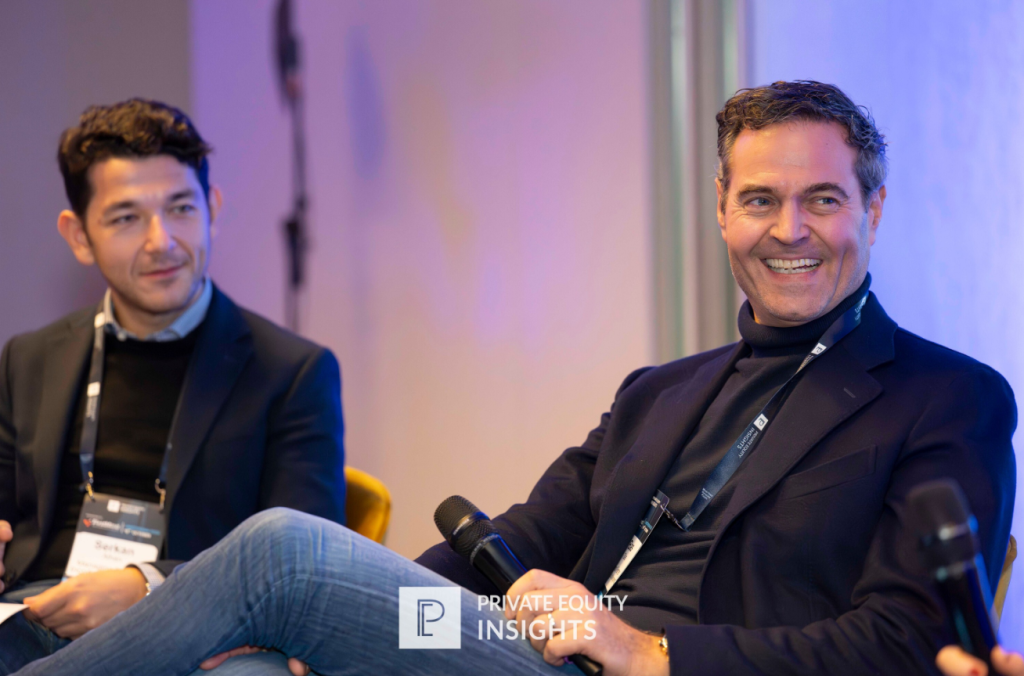Selling slower, earning smarter: inside private equity’s recalibration of the exit


Private equity firms across the Benelux are facing a more deliberate, disciplined exit market. Fundraising remains sluggish and LPs are pressing for liquidity, so investors are learning to balance urgency with realism, and to treat patience as a strategic advantage.
At the Benelux Private Equity Insights Conference, Bas Glas, Senior Partner at Gilde Equity Management, described a strong year in absolute terms: four exits and several recapitalisations. But he also warned that the overall climate is fragile. “The exit climate is not easy,” he said. Higher rates and increasingly cautious buyers have slowed activity. “Most businesses are trading, let’s say, sideways,” he added, noting that buyers are reluctant to pay for growth they can’t see.
Dick Moeke, Managing Partner at Bencis Capital, added that the gap between quality assets and everything else is widening fast. “High-quality businesses are still very much asked for,” he said. “But if you have a house in the middle of the street with some question marks, it’s getting increasingly more difficult to exit a business like that.”
For LPs, the slowdown means less distribution. This makes the rising tension between the desire for quick returns and the need to protect value even trickier to balance. “As an LP you also want exits,” said Katti Van Oosterwijck, Senior Investment Manager at Korys, “but we also know that it’s a difficult exit climate. Sometimes it just doesn’t make sense to keep pushing.”
The panel agreed that the strongest outcomes now depend on thorough preparation. Glas said sellers must invest time in understanding who their real buyers are and why they care. “It’s about knowing who your potential buyers could be, and why they really are interested in your business,” he said. “In a market like this, be careful… details matter. Every call, every interaction, it matters.”
Moeke said valuation resilience now hinges on consistency and predictability. “Especially your current trading needs to be very stable,” he said. “If some hiccups are on that side of the business, everybody shies away, and you end up with a failed process.”
While IPOs remain largely closed, trade sales and secondary buyouts continue to dominate the European mid-market. Partial exits are also gaining traction, offering GPs liquidity without surrendering long-term upside. Van Oosterwijck called them “a good solution” when timing is uncertain: “You can already take some money from the table by a partial exit.”
The conversation also turned to responsible exits, an idea gaining traction among long-term investors. Van Oosterwijck said Korys “almost never make[s] it a very broad auction,” preferring to target buyers that fit the company’s culture and strategy. She said the goal is to ensure management teams are “happy with the choice we make.” Glas echoed that pragmatic approach: “We’d rather not sell to a buyer that closes the business down completely or almost completely,” he said, adding that “at the end of the day, the price will not differ that much.”
Beyond process and valuation, technology is starting to shape exit preparation. Van Oosterwijck said Korys now uses AI to map potential buyers and analyse markets. “We mostly use it to make a mapping of the potential buyer landscape,” she said. “I wouldn’t say we already do it in a structured way, but it’s more of a step-by-step approach.” Glas described AI as a tool that “saves us the time of visiting every resource individually,” allowing faster analysis of due-diligence reports and financial data.
Still, both cautioned that judgment remains human. “AI is a good spying parlour,” Glas said. “It’s more efficient. But the end responsibility, you should take, review it quickly.”
What emerged from the discussion was an industry adjusting to a slower rhythm but a sharper focus. Exits now demand more preparation and especially a willingness to trade pace for precision. In today’s market, the best returns are coming from discipline.
by Andreea Melinti
If you think we missed any important news, please do not hesitate to contact us at [email protected].
Can`t stop reading? Read more.




